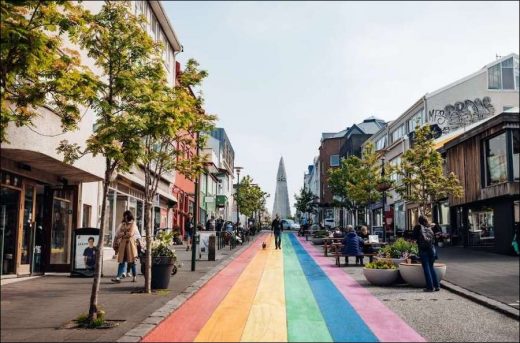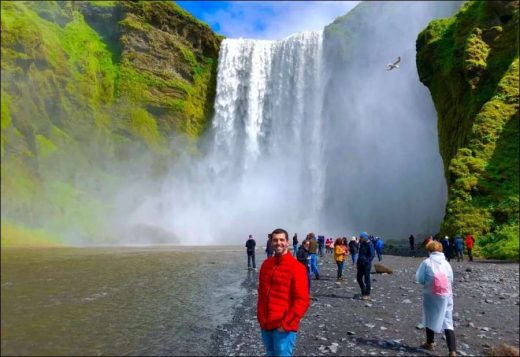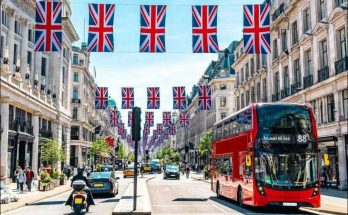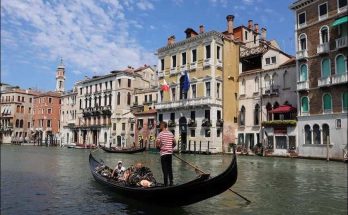First Time in Reykjavik – How to Behave in Iceland. In travel articles, there are often sentences such as “You should do the following in that country.” There is an approach that whatever you do, where you see, wherever you go, your trip will be more enjoyable. We prioritized what we should not do while visiting Reykjavik, the capital of Iceland.
1. Layers matter or you better always have your coat with you
The weather in Iceland can change rather dramatically over a single day. While most days during the summer are predictable, you can still experience sunshine in the morning, rain in the afternoon, and snowfall in the evening, with changing winds added on top of that. This weather pattern is even more common and extreme during the winter, with the occasional snowstorm for fun.
2. Don’t Underestimate the Weather
The temperature range is not drastic: It can go up to +20°C in high summer and in winter, it usually doesn’t get any lower than -15°C. The average temperature is about +10°C in the summer and -1°C in the winter. There is very little snow in Iceland on average, despite its name.
What’s challenging here in Iceland is the wind. Tourists should expect constant winds near the sea, from mild gusts to blowing gales. Further inland, the winds are a little lighter unless you go up into the highlands, where they can blow fiercely.
3. Don’t Get Caught in the Dark (or Light)
The amount of daylight you experience in Iceland might be drastically different than what you’re used to. During the months of June and July it is never dark, while in December and January, it is dark from about 15:30 to about 11:30 the next day.
So from mid-May to mid-August, the sun goes down for just a few hours, which means that it is light almost all the time. For this reason, visitors often bring masks to help them sleep. Midwinter is the polar opposite, with about five hours of daylight.
4. Don’t forget your sleeping mask
During the spring and summer in Iceland, the sun sets for just a few hours each night. Although the bright Icelandic nights do have their appeal (I’m a big fan myself) I’ve heard tourists complain about having a difficult time sleeping.
5. Avoid Buying Bottled Water in Stores
The tap water in Iceland is among the purest in the world. It’s neither chlorinated nor fluorinated, simply because there’s no need to do so. In fact, tourists’ main complaint about the Icelandic water is its lack of taste because there is almost nothing in it except water.
6. Don’t do grocery shopping in 10/11
10/11 is probably the most common supermarket in Reykjavik and I bet there’s going to be one located very close to your hotel
7. Don’t Be Fooled by the Light “Beer” in the Supermarkets
The “alcoholic” drink that is sold in Icelandic supermarkets is called Pilsner and contains less than 2.25% alcoholic volume. With such a low alcohol content, this beverage is not beer, even if it looks like it.
8. Don’t Drive Too Fast
The speed limit in Iceland runs from 30 to 90 km/hour. You’ll always want to keep your eyes on the posted limit, since speeding tickets are quite hefty.
9. Do Not Drive Off-Road
Off-road driving is taken very seriously in Iceland, and if you’re caught, you could be fined up to $2,000 and be required to fix the damage you caused
10. Don’t Worry About Tipping Your Server
In Iceland, tipping the person who brings you food or drink is not required or even encouraged.
11. Don’t Forget to Exchange Your Leftover Kronas Before You Leave Iceland
12. Don’t throw Coins into the Pools and Hot Springs
13. Please Don’t Go Hiking Alone and Don’t Ignore Warning Signs
14. Last — Don’t assume that everything you’ll do in Iceland will be expensive
15. Avoid (or Embrace!) Iceland’s Biggest Tourist Traps
Iceland’s Top Tourist Sights
✅ The Blue Lagoon
✅ The Golden Circle
✅ Swimming Pools near City Center
✅ A Bus Tour of the Northern Lights
✅ Jökulsárlón
Visits: 75




